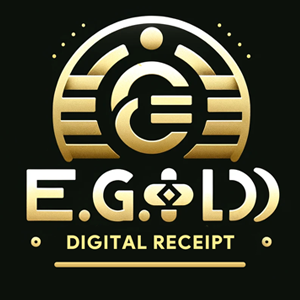Bitcoin and gold are two of the most talked-about assets in the world of investing. Both serve as stores of value, but their characteristics and market dynamics differ significantly. By analyzing a Bitcoin vs Gold chart, investors can gain insights into their performance, value trends, and potential roles in a diversified portfolio. This article delves into the key differences, historical trends, and what the future holds for these two popular assets.
What Does the Bitcoin vs Gold Chart Show?
The Bitcoin vs Gold chart typically compares the price performance of Bitcoin, the world’s leading cryptocurrency, with gold, a time-tested physical asset. Such charts illustrate trends over time, highlighting:
- Volatility: Bitcoin’s price movements are more dramatic, while gold demonstrates stability.
- Growth Potential: Bitcoin has seen exponential growth since its inception, whereas gold’s growth is steady but less pronounced.
- Correlation with Markets: Bitcoin’s behavior often aligns with risk-on assets, while gold serves as a safe haven during economic uncertainty.
Key Differences Between Bitcoin and Gold
- Nature of the Asset
- Bitcoin: A digital, decentralized currency powered by blockchain technology. It is intangible and exists only in digital wallets.
- Gold: A physical, tangible commodity with a history of being used as money and a store of value for thousands of years.
- Supply
- Bitcoin: Finite supply capped at 21 million coins, creating scarcity.
- Gold: Finite but subject to new discoveries and mining. Its supply increases gradually over time.
- Utility
- Bitcoin: Used for transactions, trading, and as a hedge against fiat currency depreciation.
- Gold: Primarily a store of value, also used in jewelry, technology, and industrial applications.
- Volatility
- Bitcoin: Highly volatile, with rapid price swings influenced by market sentiment, regulatory developments, and technological changes.
- Gold: Relatively stable, with price movements driven by macroeconomic factors like inflation and geopolitical events.
- Market Maturity
- Bitcoin: A relatively young asset, emerging in 2009.
- Gold: A well-established asset with a millennia-long history.
Historical Trends: Bitcoin vs Gold Performance
Examining historical data provides valuable context for the Bitcoin vs Gold debate:
Gold’s Steady Growth
Gold has maintained a consistent upward trajectory over decades, offering a reliable hedge against inflation and economic uncertainty.Bitcoin’s Explosive Growth
Since its inception, Bitcoin has experienced exponential growth, with significant gains during bull markets. However, its volatility can result in sharp declines during bear markets.Pandemic Trends
During the COVID-19 pandemic, both assets gained popularity. Gold reached record highs, while Bitcoin began its surge toward becoming a mainstream investment.
Why Compare Bitcoin and Gold?
Investors often compare Bitcoin and gold because both are seen as stores of value with unique characteristics:
- Hedge Against Inflation: Both assets protect against fiat currency devaluation.
- Portfolio Diversification: Adding either to a portfolio reduces risk by providing non-correlated returns.
- Scarcity: Both assets derive value from their limited supply.
Chart Insights: Price Trends and Volatility
A typical Bitcoin vs Gold chart might highlight:
- Bitcoin’s rapid price increases during bull markets, contrasted with its sharp corrections.
- Gold’s gradual upward movement, with occasional spikes during times of economic uncertainty.
- A comparative view of returns over specific time periods, showcasing Bitcoin’s higher risk-reward ratio.
Which Asset is Right for You?
The choice between Bitcoin and gold depends on your investment goals, risk tolerance, and market outlook:
- Choose Bitcoin If
- You seek high-risk, high-reward opportunities.
- You’re comfortable with volatility and short-term price swings.
- You believe in the long-term adoption of blockchain technology.
- Choose Gold If
- You prefer stability and lower volatility.
- You’re looking for a safe haven during economic uncertainty.
- You want a tangible asset with intrinsic value.
Can Bitcoin and Gold Coexist in a Portfolio?
Yes, Bitcoin and gold can complement each other in a diversified portfolio. Here’s how:
- Risk Mitigation: Gold’s stability offsets Bitcoin’s volatility.
- Balanced Returns: Combining the two assets ensures exposure to growth potential and wealth preservation.
- Hedge Against Different Risks: Bitcoin guards against fiat depreciation, while gold protects against inflation and geopolitical risks.
Frequently Asked Questions
What drives Bitcoin’s price?
Bitcoin’s price is influenced by supply-demand dynamics, regulatory developments, and market sentiment.What drives gold’s price?
Gold’s price is impacted by inflation rates, currency fluctuations, central bank policies, and geopolitical events.Is Bitcoin more profitable than gold?
Bitcoin has shown higher returns historically but carries more risk compared to gold’s stable growth.Which is safer: Bitcoin or gold?
Gold is considered safer due to its stability and long history as a store of value.Can I invest in both Bitcoin and gold?
Yes, diversifying with both assets can provide balanced returns and risk management.Why is Bitcoin called ‘digital gold’?
Bitcoin shares qualities like scarcity, durability, and a hedge against fiat currency, earning it the nickname.What is the environmental impact of Bitcoin and gold?
Bitcoin mining consumes significant energy, while gold mining impacts ecosystems. Both industries are exploring sustainable practices.How can I buy Bitcoin and gold?
Bitcoin is purchased on cryptocurrency exchanges, while gold can be bought through dealers, ETFs, or bullion retailers.Is Bitcoin replacing gold as a store of value?
Bitcoin is gaining popularity, but gold remains a trusted asset with a longer track record.Which performs better during inflation?
Both Bitcoin and gold are seen as inflation hedges, though gold has a more established history in this role.
Bitcoin vs Gold: Key Takeaways for Investors
Both Bitcoin and gold have their strengths, making them appealing to different types of investors. Let’s summarize the key insights from the Bitcoin vs Gold comparison:
- Performance
- Bitcoin: High growth potential but extremely volatile. Ideal for risk-tolerant investors seeking rapid gains.
- Gold: Consistent and stable growth over time, suitable for conservative investors.
- Use Cases
- Bitcoin: Primarily a digital asset used for transactions, trading, and as a hedge against fiat depreciation.
- Gold: A physical asset valued for its utility in industries, jewelry, and as a traditional store of value.
- Investment Role
- Bitcoin: A speculative asset with the potential for high returns in a growing digital economy.
- Gold: A safe haven asset providing stability during economic uncertainty.
- Accessibility
- Bitcoin: Easily accessible through digital exchanges, available 24/7.
- Gold: Accessible through physical purchases, ETFs, and gold accounts.
Future Outlook: Bitcoin vs Gold
As global markets evolve, Bitcoin and gold will continue to play complementary roles in investment strategies. Here’s what the future may hold:
Bitcoin’s Growth in Adoption
Bitcoin’s increasing acceptance as a payment method and institutional asset is likely to drive its value and reduce volatility over time. Innovations like Layer 2 solutions and blockchain upgrades will further enhance its utility.Gold’s Timeless Appeal
Gold’s stability and intrinsic value will ensure its continued relevance, especially during periods of geopolitical tension or inflationary pressures.Sustainability Efforts
Both Bitcoin and gold industries are addressing environmental concerns. Bitcoin miners are exploring renewable energy, while gold refineries are adopting ethical sourcing practices.Coexistence in Portfolios
Bitcoin and gold are likely to coexist in portfolios, offering a blend of high-growth potential and wealth preservation. Investors may increasingly view them as complementary rather than competing assets.
Actionable Steps for Investors
Assess Your Goals
Determine whether you’re prioritizing growth (Bitcoin), stability (gold), or a combination of both.Allocate Wisely
Consider dedicating a portion of your portfolio to Bitcoin and gold based on your risk tolerance and investment horizon.Stay Informed
Monitor market trends, regulatory changes, and technological developments to make informed decisions.Diversify
Don’t limit yourself to a single asset. Diversifying across Bitcoin, gold, and other investments reduces risk and enhances returns.Use Trusted Platforms
Buy Bitcoin through reputable exchanges and gold from authorized dealers or mints to ensure authenticity and security.
Final Thoughts: A Balanced Approach
The Bitcoin vs Gold debate highlights two distinct but equally valuable investment opportunities. Bitcoin represents the future of digital finance, offering unmatched growth potential in a rapidly evolving landscape. Gold, on the other hand, embodies stability, tradition, and reliability, making it a cornerstone of any long-term portfolio.
Investors don’t have to choose sides. By incorporating both Bitcoin and gold into a diversified strategy, you can benefit from the strengths of each asset and create a resilient financial future. Whether you’re drawn to Bitcoin’s innovation or gold’s timeless appeal, both have a place in the modern investment portfolio.
NOTE
This Content is the copyrighted content of EE.GOLD. All rights are reserved. You are welcome to share or use our content only by including direct links to our website. Any other form of reproduction, distribution, or use without proper attribution is strictly prohibited.
This Content is intended solely for educational purposes. The information provided does not constitute financial or investment advice.
Please note that Digital Storage Receipt, Secure Storage Solutions, and Physical Gold Sales are the only services offered by EE.GOLD.
We strictly adhere to government regulations and are firmly against all illegal financial or investment activities globally.
For further inquiries, feel free to contact us through our official channels.

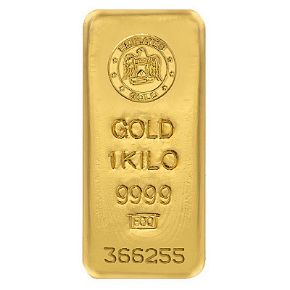
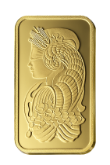
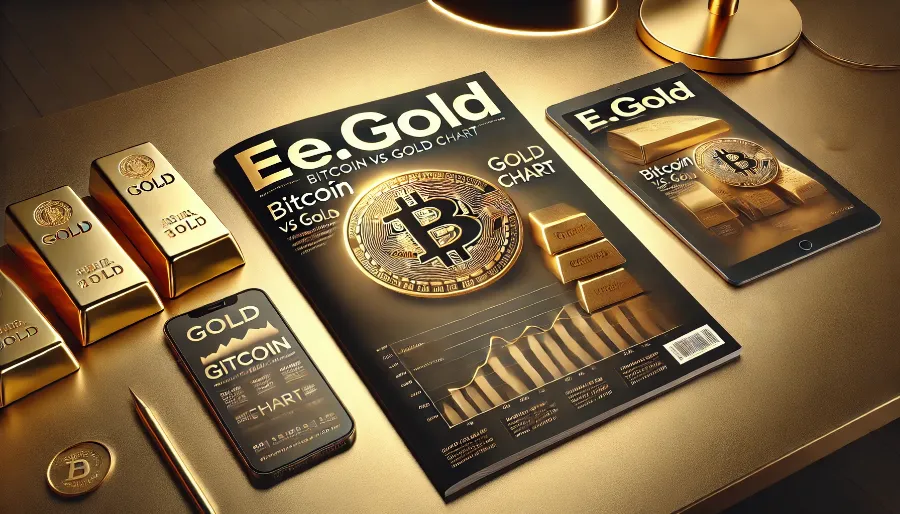
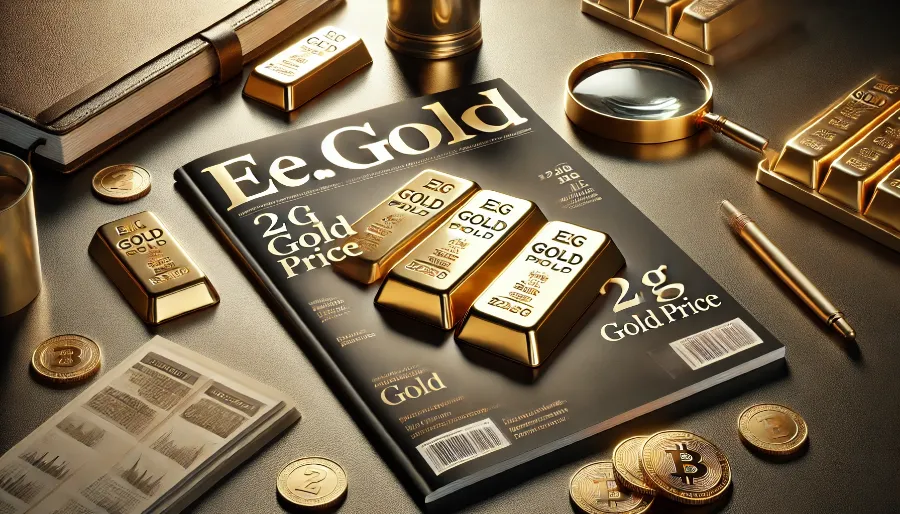
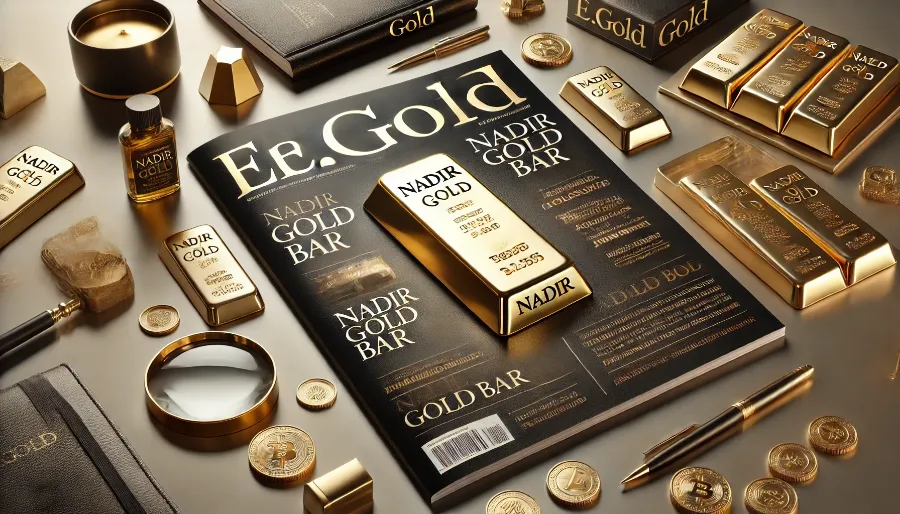
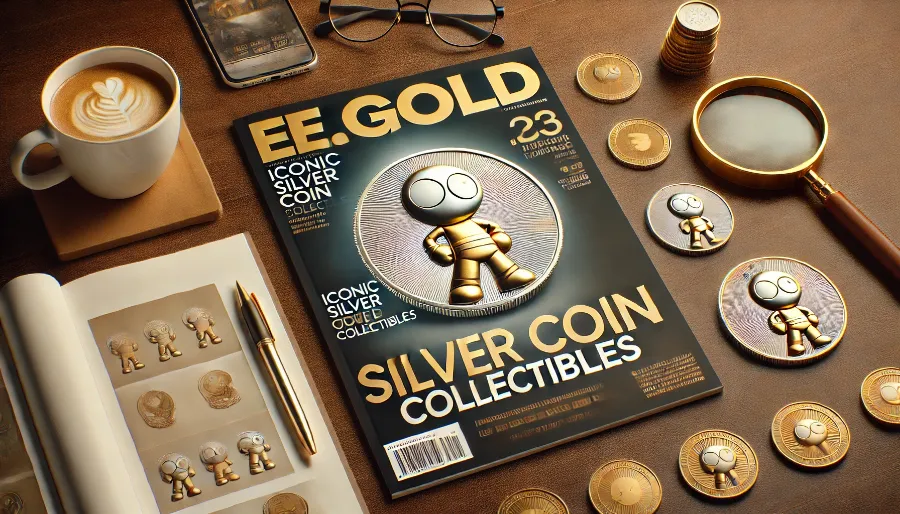
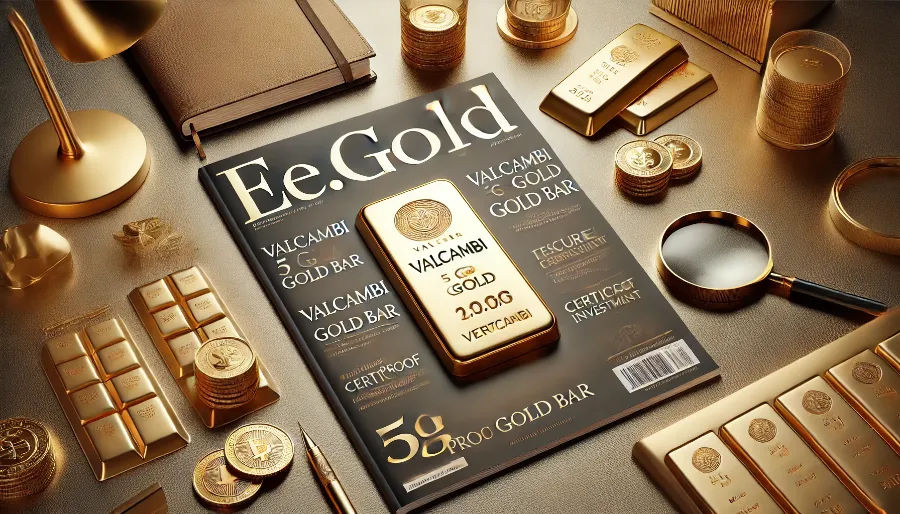
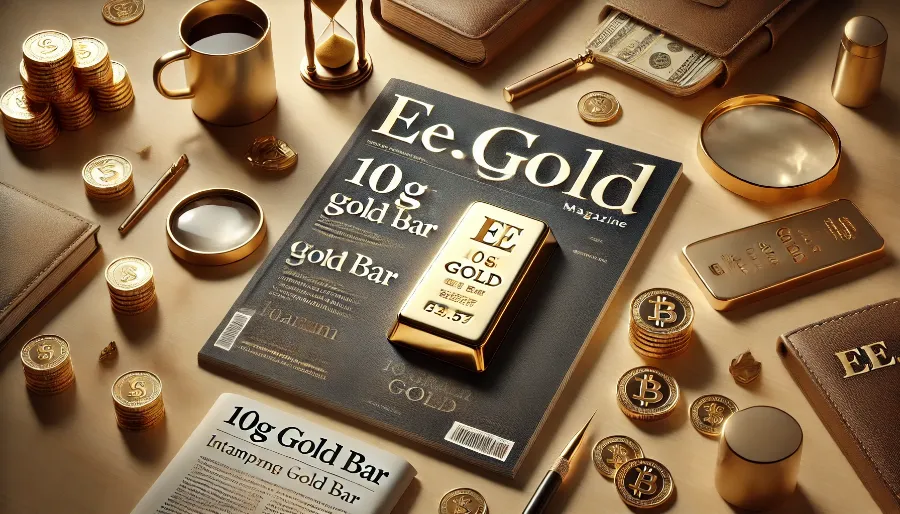
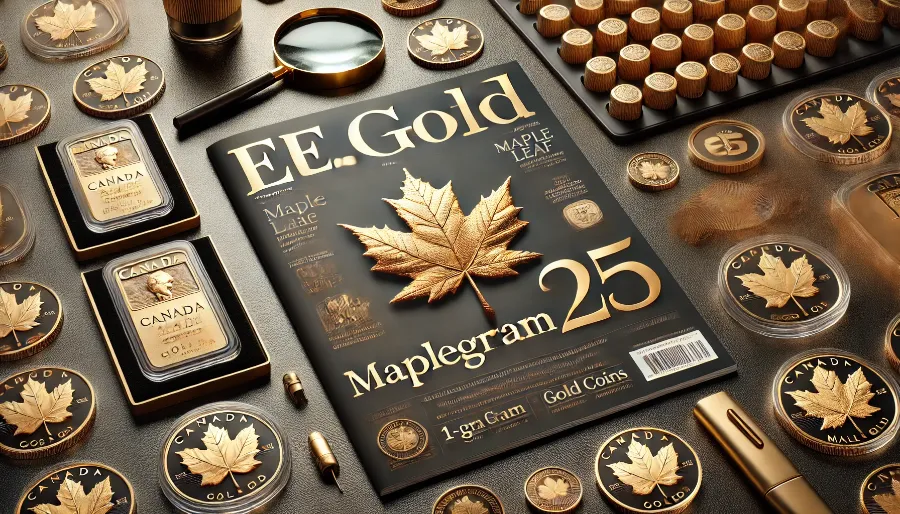
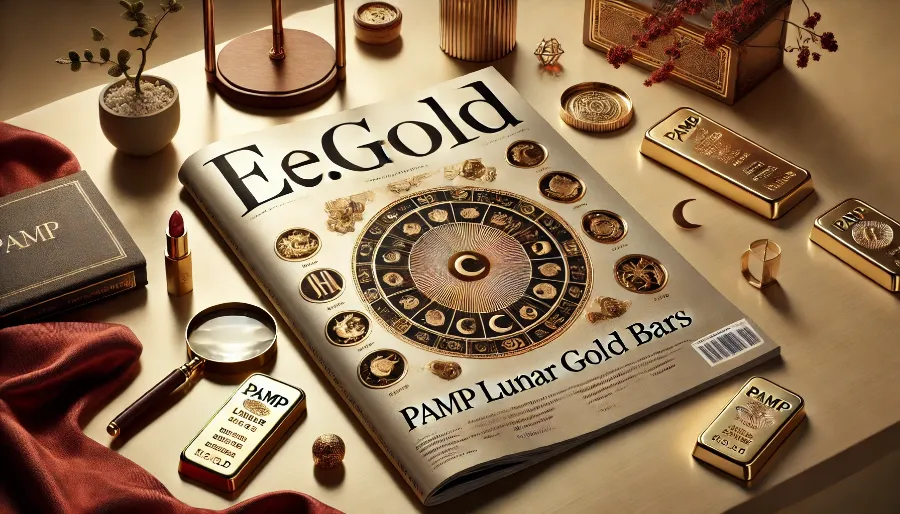
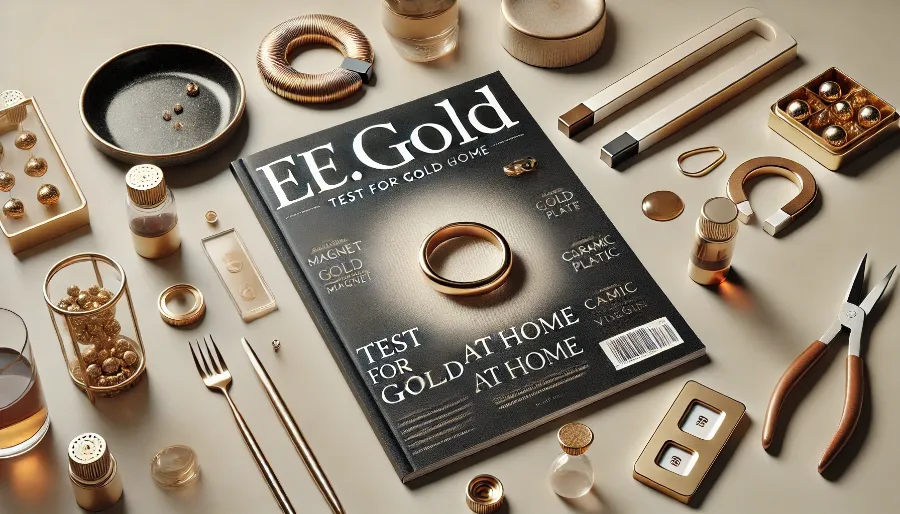
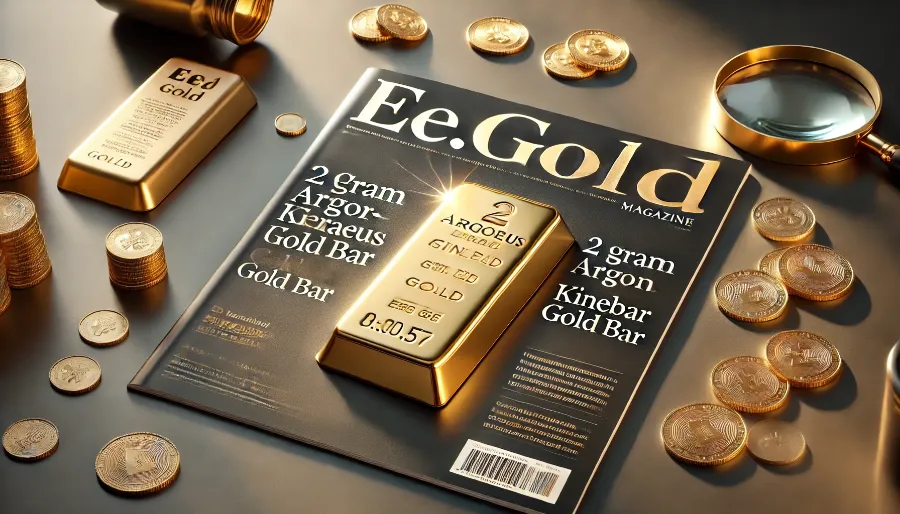




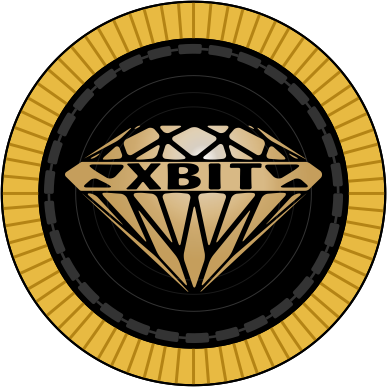


.png)

